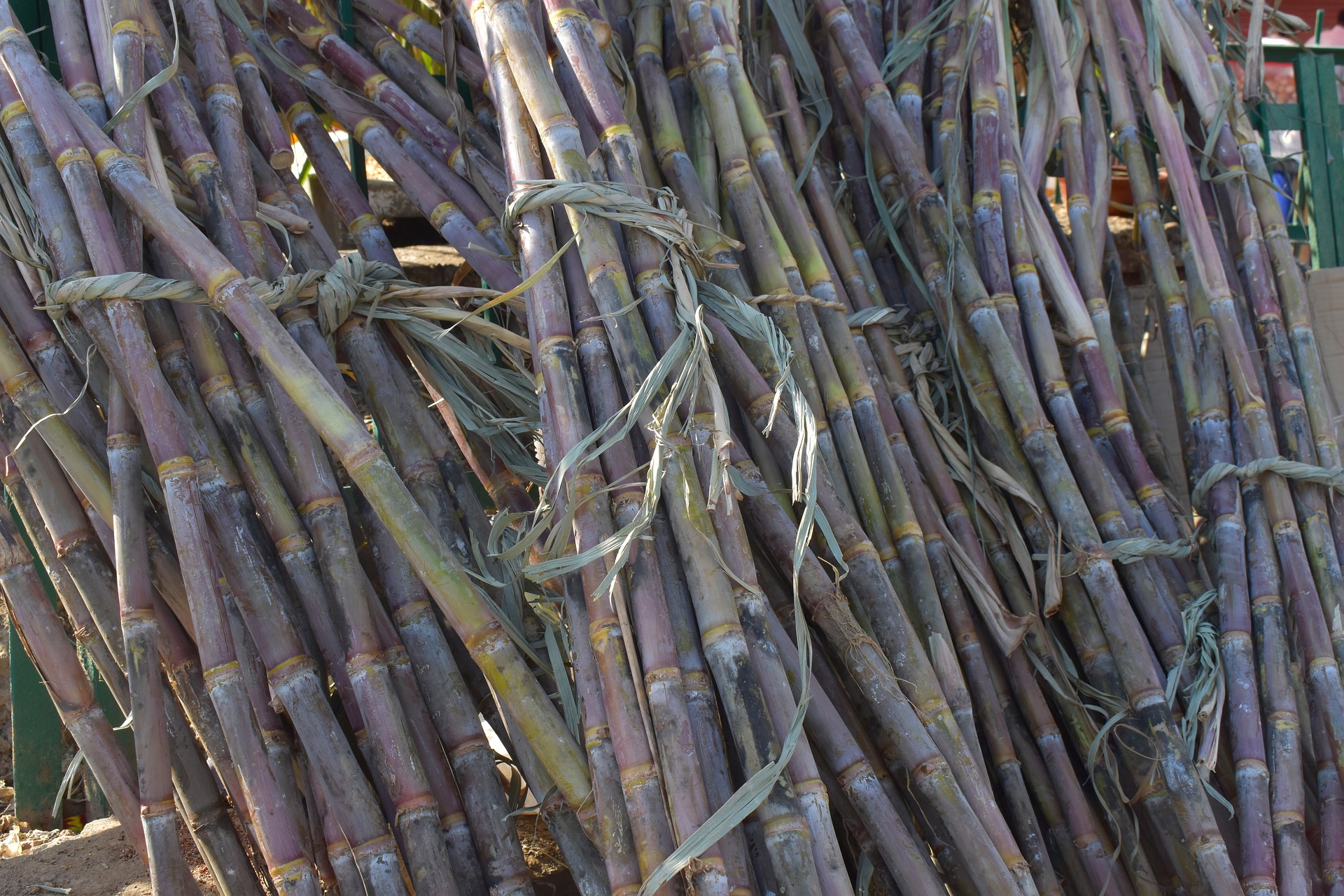So, you've seen sugarcane burnt with paper offerings in housing estates all over Singapore during the Lunar New Year period, specifically on the ninth day of celebrations?
You're not alone because there are plenty of young Singaporeans who are also wondering about this practice, its origins and significance.
 Screenshot via Reddit
Screenshot via Reddit
Yes, burning paper offerings for the dead is common enough, but sugarcane?
Well, here's a handy explainer about this phenomenon and it's got to do with several myths surrounding the Hokkien people.
Sugarcane saved lives?
Sugarcane is burnt as an offering.
It is seen as an offering of thanks, as several myths describe the Jade Emperor having saved the lives of the villagers via sugarcane stalks.
One of these myths includes a bandit raid that occurred in ancient Fujian, China.
This caused most villagers to flee into the sugarcane fields and only surfaced on the ninth day of the Chinese New Year.
A variation of the myth was that the villagers were spared from a massacre by Japanese pirates by hiding in a sugarcane plantation during the eighth and ninth days of the Chinese New Year.
Another version
Yet another version of the myth involves a rebel leader, Huang Chao, who lived during the late Tang dynasty.
He and his followers successfully marauded through China from 875 C.E. onwards, until his death in 884 C.E.
The story goes that when Huang got to the Fujian province as part of his conquest, he mistook the word "person" which he heard in Hokkien to mean "wolf".
This led to a misunderstanding that Hokkien people were barbarians who couldn't tell humans from wild beasts, leading to a massacre of the villagers.
Those who escaped went into hiding amongst sugarcane stalks.
 Photo via MishuHanda on Pixabay
Photo via MishuHanda on Pixabay
Jade Emperor's birthday
While we obviously can't confirm if these myths, they all lend themselves to the idea that the long, swaying stalks saved many lives.
Add to the fact that the ninth day of the Lunar New Year coincided with the Jade Emperor's birthday, the villagers and their descendants up till today, have been conveying their thanks via offerings of whole sugarcane.
[related_story]
11pm is the time to start offering
The ninth day of Chinese New Year thus, bears equal, if not greater importance, than the first day of Chinese New Year.
However, even though the birth of the Jade Emperor is said to be on ninth day, celebrations start at about 11pm on the eighth day, rather at the stroke of midnight, 12am.
This is because the Chinese Traditional Time System counted time via 12 milestones -- there are only 12 "hours" in ancient Chinese time, but each "hour" is thus equivalent to two hours in modern time.
The first, or the zi "hour" of the ninth day would, therefore, start from 11pm on the eighth day, and lasts till 1am on the ninth.
There's often a great crowd upon the local temples, and families do also carry out the proceedings in their own home, by having an altar ready.
One would see long uncut sugarcane stalks, as it represents a full year of sweetness and good luck, along with other offerings such as fruits, vegetables, seafood and roasted meats.
The plant is then burnt along with the paper offerings.
Safety
However, do note that burning of offerings should always be done in designated burners and receptacles.
Such burnt offerings ought to be carried out in a considerate manner, as it could cause a mess and inconvenience for cleaners and residents, due to flying ash, and are potential fire hazards.
Top image via hatuah on Reddit
If you like what you read, follow us on Facebook, Instagram, Twitter and Telegram to get the latest updates.
